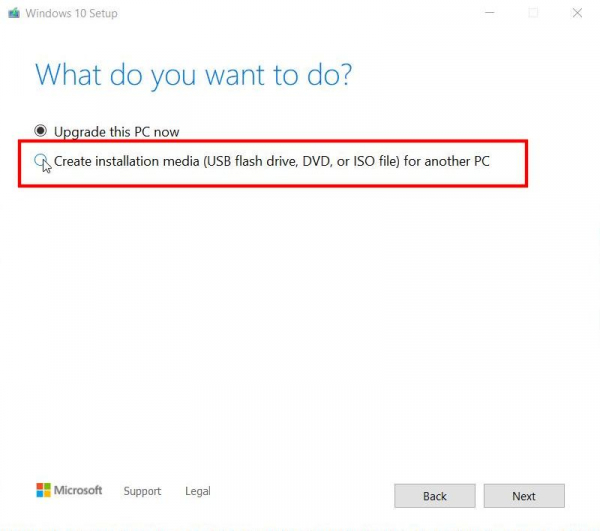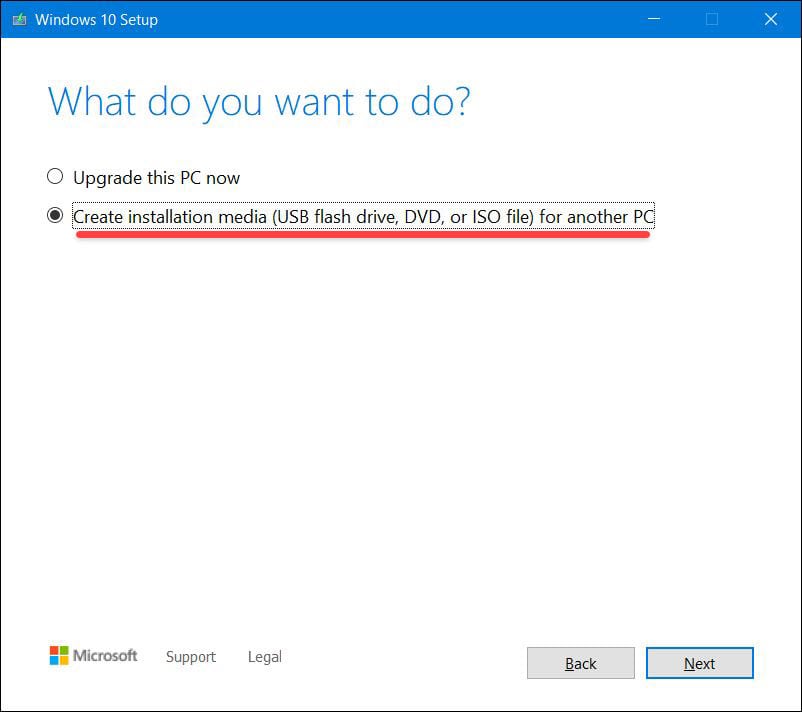


Once the manufacturer’s logo appears on your screen, press the “ F12“ * key. Once you have adjusted the preferences, your system will boot directly from the flash drive/ CD-ROM drive.Ģ.

Once you have the DVD or USB, you will need to modify the boot preference on your computer. After the completion of the download, your USB flash drive will be ready to use as Windows 10 Installation Media. Many files need to be copied to the recovery drive, so this might take a while. Now, you will have to plug an empty USB flash drive to the USB drive slot, with at least 8 GB in size, and click Next.Īfter the last step, the Media Creation Tool will begin downloading the Windows 10 setup files. Connect a USB drive to your PC, select it, and then select Next. This application allows you to download the Home or Pro versions of Windows 10, and you can pick from the 32-bit or 64-bit version for both. In the next step, you will have to select a USB flash drive and then click on Next. Windows Media Creation Tool The first and most obvious choice for creating Windows 10 installation media is the Windows Media Creation Tool. But, if you want to repair or install Windows 10 on some other computer, then simply select the Language, Edition, and Architecture, and click on Next. If you want to download Windows 10 on the same computer, don’t change it. In the next screen, you will see that the Media Creation Tool has automatically recognized the Windows 10 version you are currently using. After that, on the screen, select Create installation media (USB flash drive, DVD, or ISO file) for another PC, and click on Next. The Media Creation Tool will take some time in getting a few things ready.


 0 kommentar(er)
0 kommentar(er)
